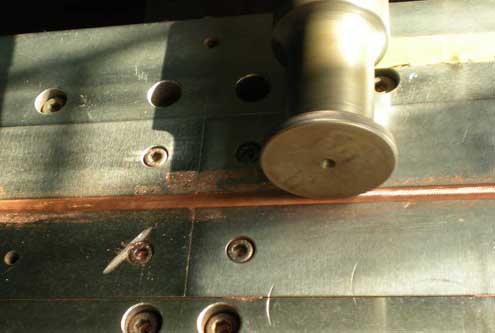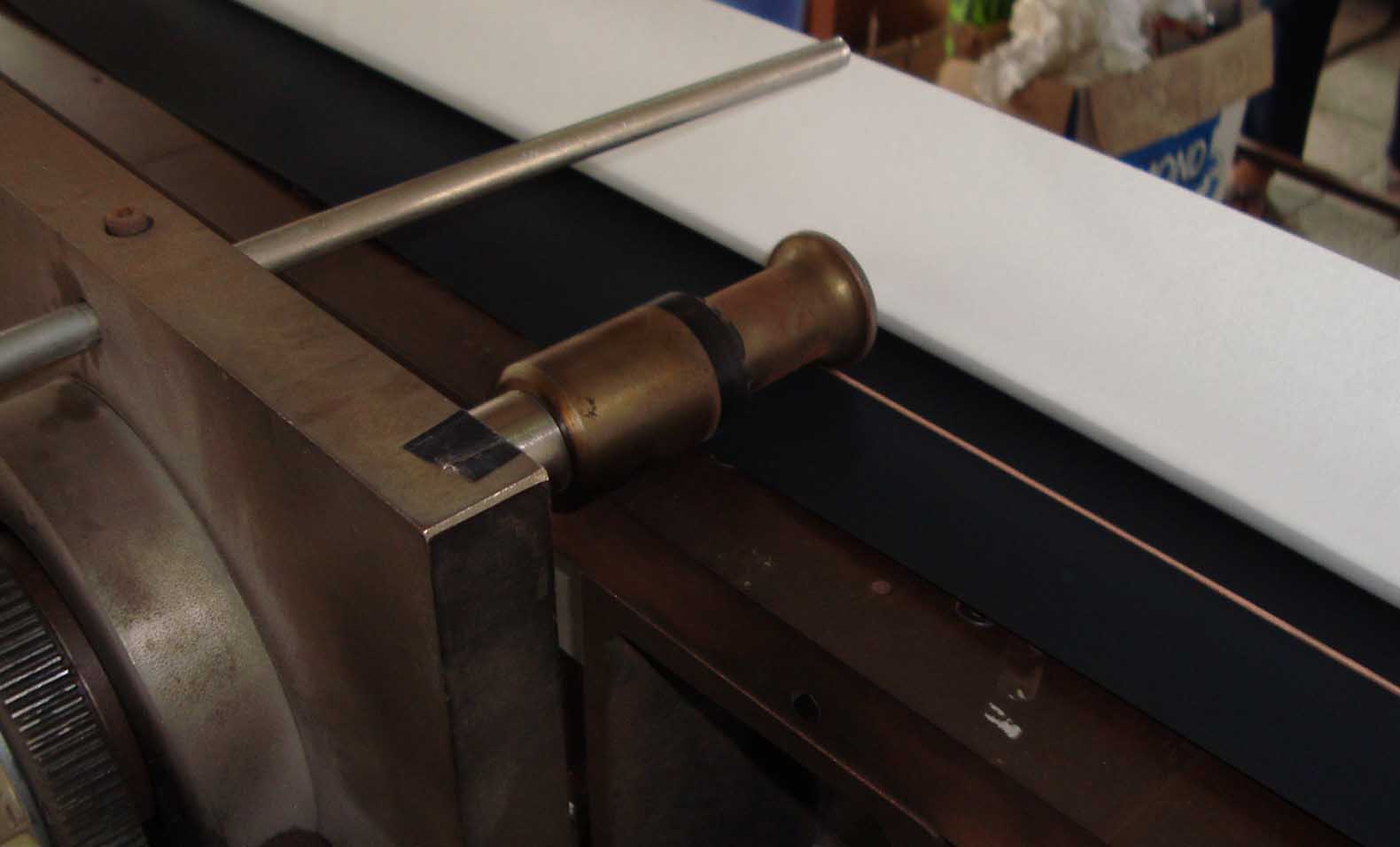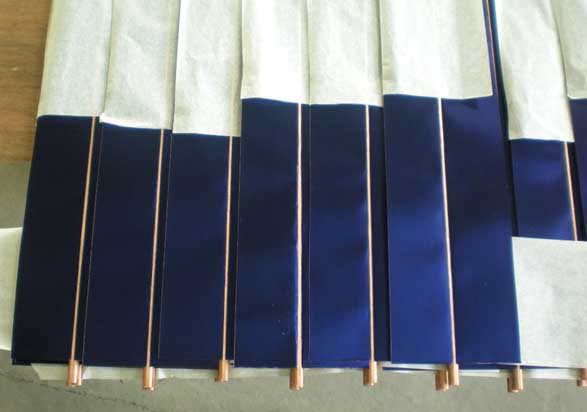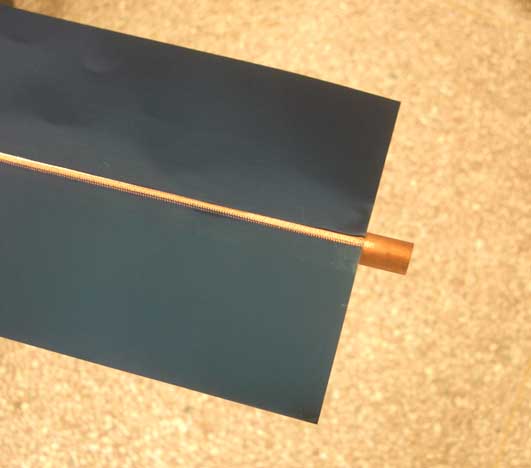

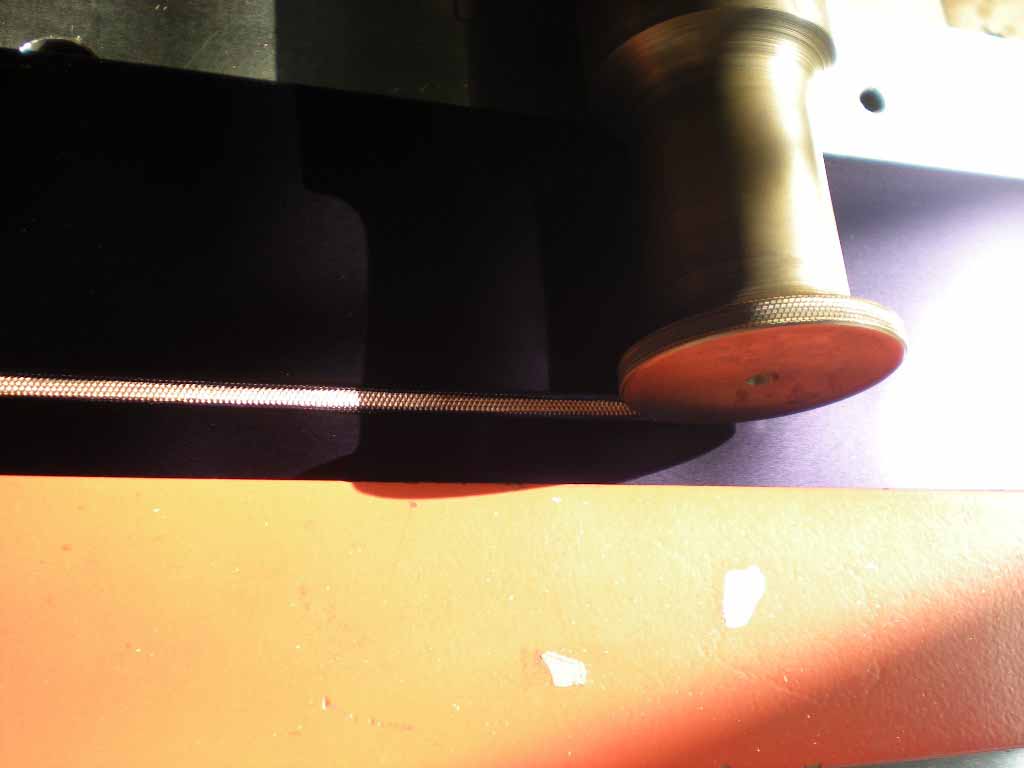 Ultrasonic welding is an industrial technique whereby two pieces of metal are joined together seamlessly through high-frequency acoustic vibrations. One component to be welded is placed upon a fixed anvil, with the second component being placed on top. An extension ("horn") connected to a transducer is lowered down onto the top component, and a very rapid (~20,000 KHz), low-amplitude acoustic vibration is applied to a small welding zone. The acoustic energy is converted into heat energy by friction, and the parts are welded together in less than a second.
Ultrasonic welding is an industrial technique whereby two pieces of metal are joined together seamlessly through high-frequency acoustic vibrations. One component to be welded is placed upon a fixed anvil, with the second component being placed on top. An extension ("horn") connected to a transducer is lowered down onto the top component, and a very rapid (~20,000 KHz), low-amplitude acoustic vibration is applied to a small welding zone. The acoustic energy is converted into heat energy by friction, and the parts are welded together in less than a second.
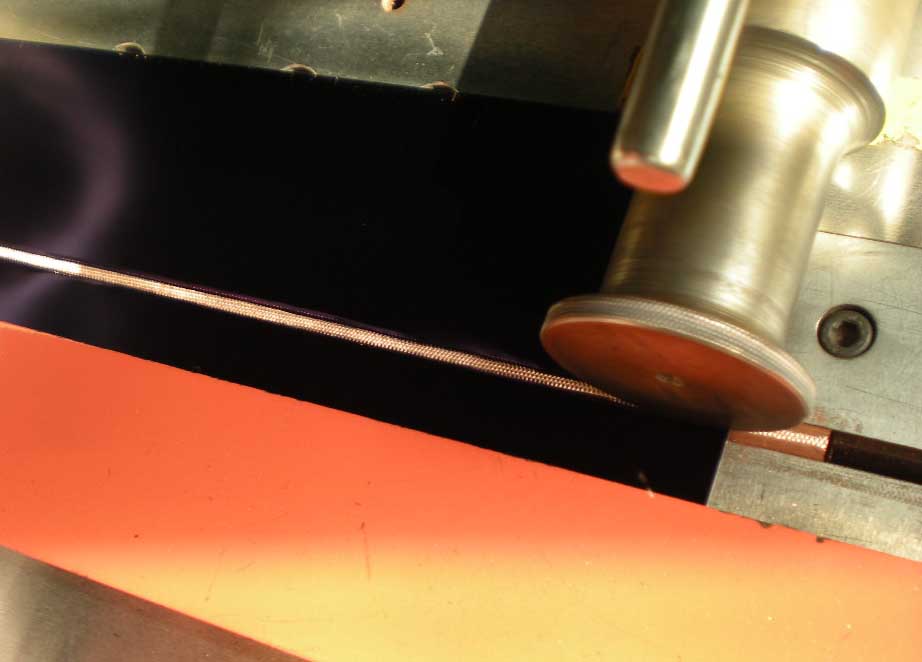 Ultrasonic welding is unique in that no connective bolts, nails, soldering materials, or adhesives are necessary to bind the two parts together. This saves greatly on manufacturing costs and creates visually attractive (i.e., unnoticeable) seams in product domains where appearance is important. Because ultrasonic welding is a largely automated process, all a technician needs to do is pull a lever and the welding is complete.
Ultrasonic welding is unique in that no connective bolts, nails, soldering materials, or adhesives are necessary to bind the two parts together. This saves greatly on manufacturing costs and creates visually attractive (i.e., unnoticeable) seams in product domains where appearance is important. Because ultrasonic welding is a largely automated process, all a technician needs to do is pull a lever and the welding is complete.
Ultrasonic has been well accepted as a cold welding technique for continuous welding of solar thermal components. Without using any external solder or adhesive, the metallurgical bond between the two coppers / aluminum is achieved by ultrasonic technique. This ensures a very high degree of thermal efficiency. The resultant weld is continuous and there are no dry spots. The ultrasonic bond is achieved at a molecular level and as there is no external material, even the small width of the weld provides good transfer of the heat.
